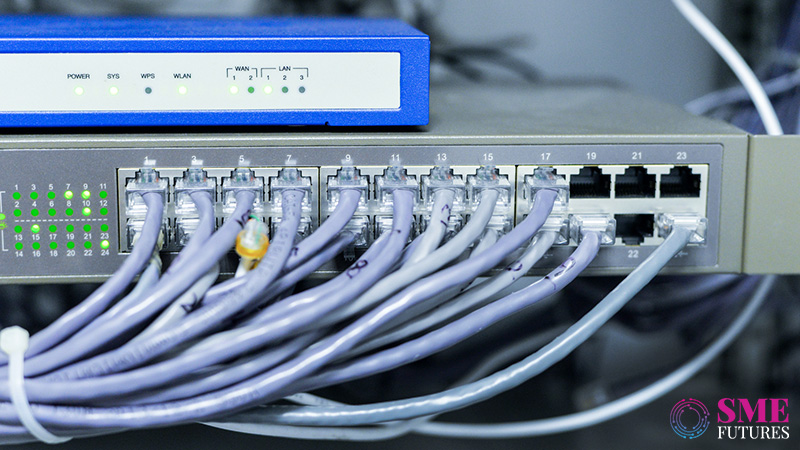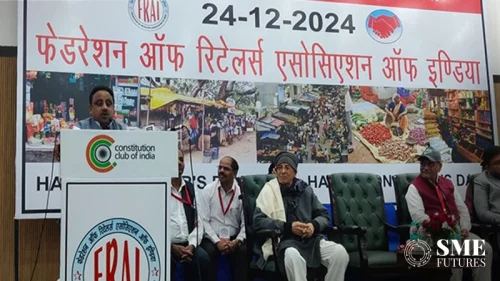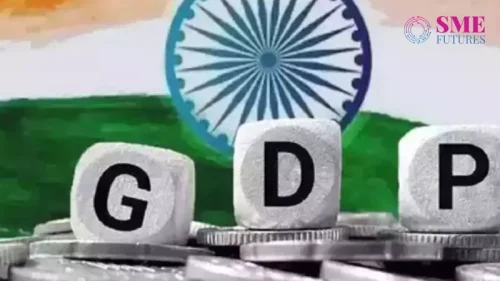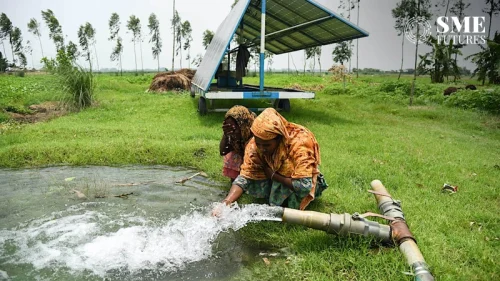Ookla, mobile and broadband network intelligence, testing applications and related technologies platform released data based on Speedtest Intelligence® that take a look at The Telecom Regulatory Authority of India (TRAI) recently published a draft of recommendations as part of a “RoadMap to Promote Broadband Connectivity and Enhanced Broadband speed.”
The draft is designed to help achieve the goals of the National Digital Communications Policy (NDCP-2018), which targets the universal broadband provision of 50 Mbps, as well as breaking into the top-50 of the ITU’s ICT Development Index, by 2022.
According to Ookla Speedtest data that uses Speedtest Server Network, a global network of high-performance servers to test the maximum sustained throughput of the user’s connection (download and upload speeds); indicates that in India over 97.5 per cent fixed broadband connections already meet the new minimum speed threshold and its only 0.5 per cent of Indian fixed subscribers do not have access to broadband speeds under the old definition. The new definition doesn’t shift the needle much, increasing that underserved proportion of subscribers to 2.5 per cent as of Q2 2021.

Ookla Speedtest data further states that India’s new broadband speed categories varies widely from state to state. States such as Delhi, Rajasthan, Tamil Nadu, Chandigarh and Karnataka are falling in “Fast” category (>50 Mbps). Over 70 per cent of connections in the States of Gujarat and Maharashtra falling into the “Basic” speed category.
The availability of “Super-fast” broadband in India is very low, ranging from a high of 1.5 per cent of connections in Delhi, to 0 per cent in Sikkim.
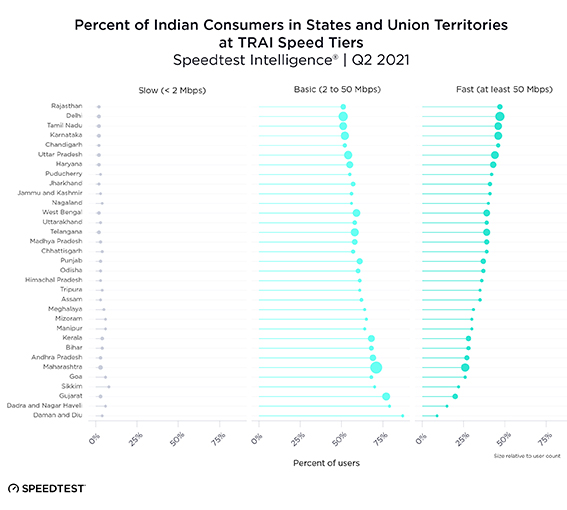
The data also shows that the Urban-rural performance gap in India is not as wide as expected despite the low penetration of fixed broadband in rural areas. A comparison of Speedtest Intelligence data against rural and urban locations (based on India’s 2011 census) fails to show a large disparity between the two when looking at TRAI’s new speed categories, with 58.7 per cent of connections in urban areas falling within the “Basic” speed category, compared to 61.7 per cent in rural areas.
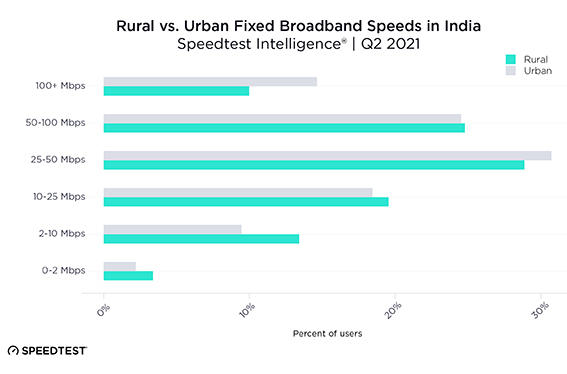
Commenting on new speed categorisation Ookla said “We’re fully aware that reporting on network speeds helps spur network operator competition and infrastructure investment. Introducing speed categories by TRAI will go one step further, as operators in countries that have implemented this will naturally begin to include these speed categories in their marketing and products. They will also target network investment at increasing the proportion of their footprint that supports higher-tier broadband speeds.”
For the Indian government and TRAI, this move will provide much-needed visibility into the state of broadband within India, to better track performance and the reach of different access technologies, and to target and tweak remedies and incentives to spur further adoption.

